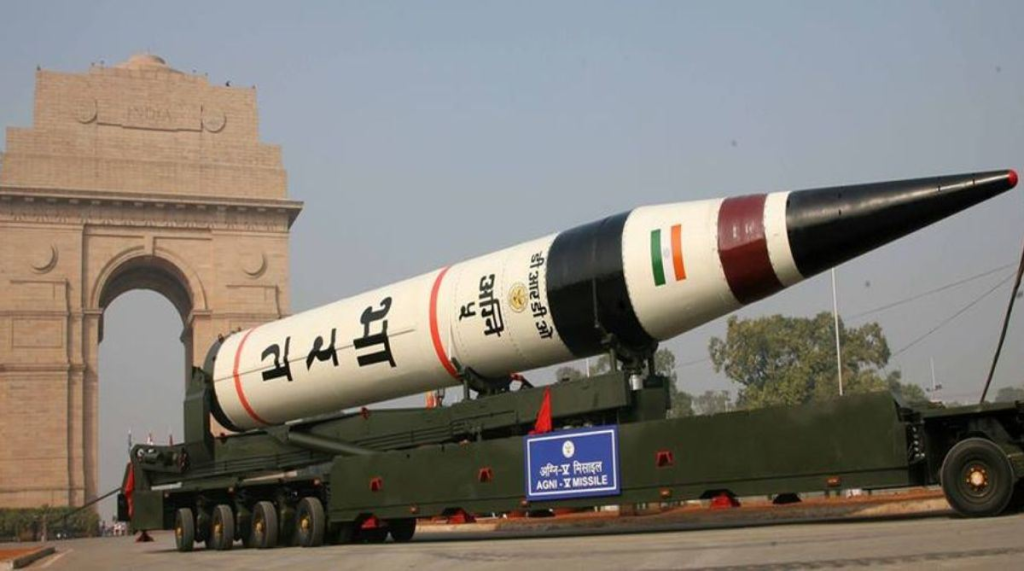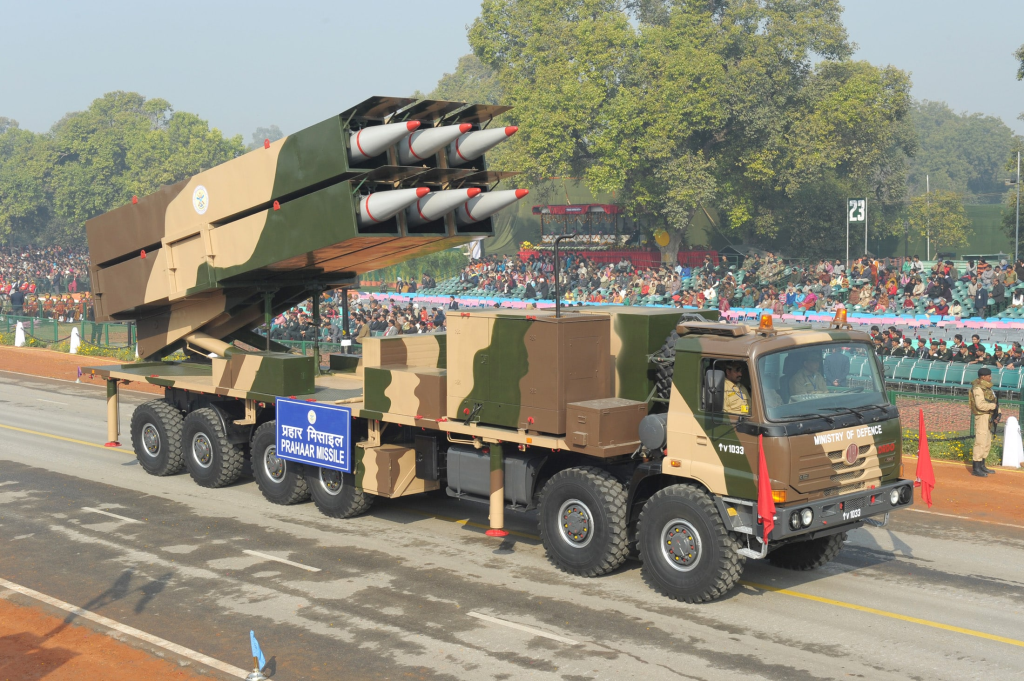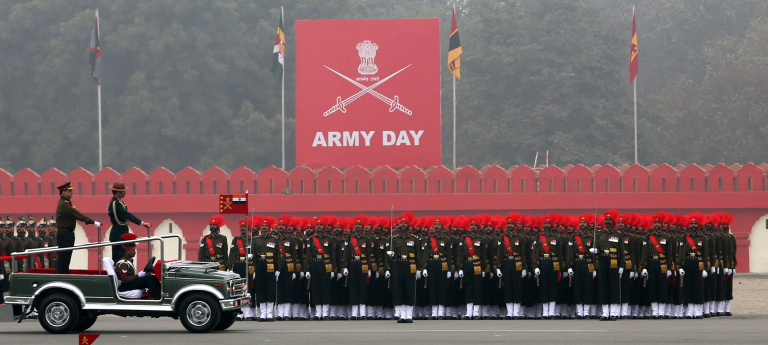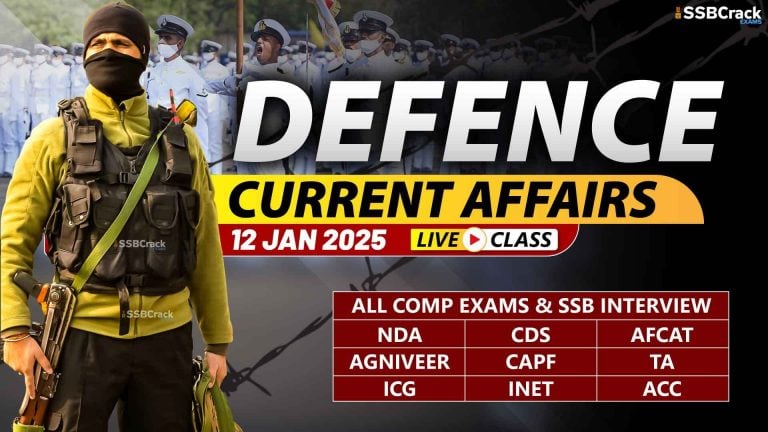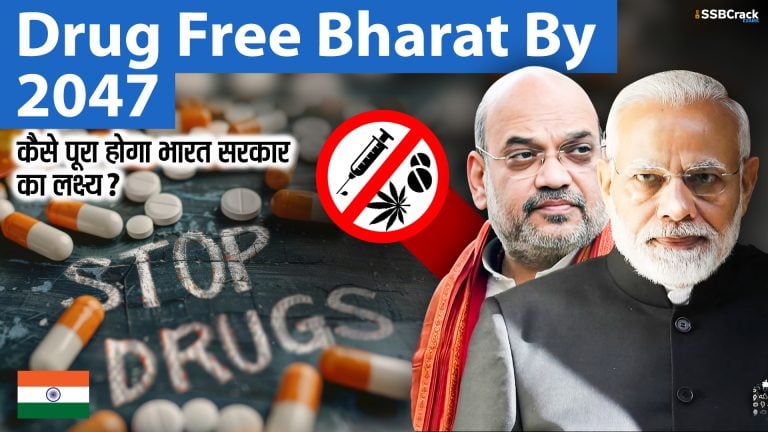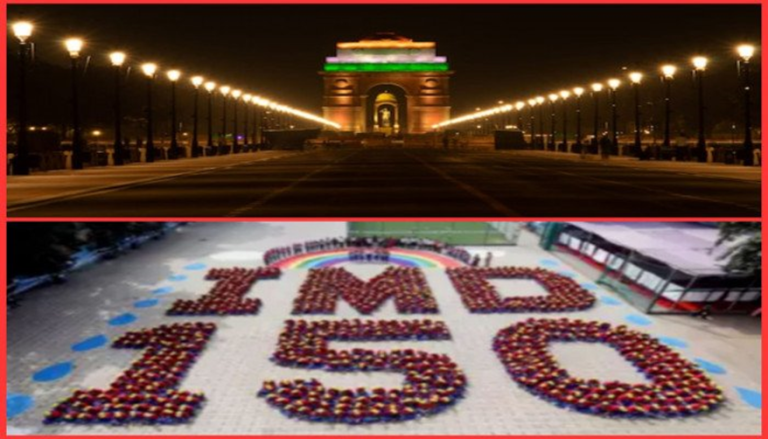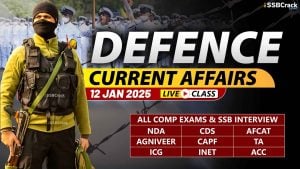India’s missile development program has placed the nation among the world’s elite in terms of military technology.
Top 5 Fastest Missiles of India
India’s missile development program has placed the nation among the world’s elite in terms of military technology. With advancements in speed, range, and accuracy, India’s missiles are capable of striking with unprecedented power. Among these, some stand out for their exceptional speed, giving the Indian Armed Forces a crucial strategic edge. Here’s a look at the Top 5 Fastest Missiles of India:
1. Agni Missile Series
- Type: Ballistic Missile
- Speed: Mach 24 (Agni-V)
- Range: 5,000–8,000 km (Agni-V)
- Overview: The Agni missile series is one of India’s most powerful and fastest missile families. Developed under the Integrated Guided Missile Development Program (IGMDP), Agni missiles have been progressively enhanced to meet strategic long-range requirements. The latest in the series, Agni-V, is an intercontinental ballistic missile (ICBM) capable of carrying nuclear warheads. It boasts speeds up to Mach 24 during the re-entry phase, making it one of the fastest missiles in India’s arsenal. Agni-V’s range and speed give India credible deterrence against potential threats from across the globe.
2. K Missile Family
- Type: Submarine-Launched Ballistic Missiles (SLBMs)
- Speed: Mach 24 (K-4)
- Range: 3,500 km (K-4)
- Overview: The K family of missiles is designed for underwater launch from nuclear submarines, providing India with second-strike capability. The K-4 is one of the fastest and most advanced SLBMs in the family, with speeds up to Mach 24. These missiles are crucial to India’s nuclear triad, offering a formidable deterrence mechanism. The capability to launch from submarines gives India stealth and precision, ensuring a potent response even if land-based missile systems are compromised.
3. Pralay Missile
- Type: Short-Range Ballistic Missile (SRBM)
- Speed: Mach 5
- Range: 150–500 km
- Overview: The Pralay missile is a tactical short-range ballistic missile designed for quick deployment in battlefield scenarios. It is equipped with advanced propulsion technology, allowing it to reach speeds of up to Mach 5. Pralay can carry a variety of warheads, including conventional and tactical nuclear payloads, making it a versatile weapon. Its high speed, along with maneuverability, makes it difficult to intercept, giving the Indian Army a powerful strike capability against adversaries.
4. Prahaar Missile
- Type: Surface-to-Surface Missile
- Speed: Mach 2
- Range: 150 km
- Overview: The Prahaar missile is a tactical, surface-to-surface missile system developed for precision strikes in short-range combat scenarios. With speeds up to Mach 2, Prahaar is designed for quick response and high accuracy, making it ideal for use in battlefield conditions. Its mobility, combined with its speed, allows it to be deployed rapidly, striking enemy positions with great precision. Prahaar is equipped to carry conventional warheads and provides the Indian Army with a reliable, short-range offensive missile.
5. BrahMos Missile
- Type: Supersonic Cruise Missile
- Speed: Mach 3
- Range: 450-500 km (Land and Ship-launched); 290 km (Submarine-launched)
- Overview: BrahMos, developed as a joint venture between India and Russia, is the fastest supersonic cruise missile in the world, with speeds of up to Mach 3. Its speed and precision make it a game-changer for India’s military. BrahMos can be launched from land, air, sea, and underwater, making it one of the most versatile missile systems. It can evade radar detection, thanks to its low-altitude trajectory, and can destroy enemy ships, ground targets, and bunkers with pinpoint accuracy. The air-launched variant, integrated with the Indian Air Force’s Su-30 MKI, further enhances its reach and striking capabilities.
Conclusion
India’s missile program has made remarkable progress, with a focus on speed, accuracy, and versatility. From the Agni-V’s ICBM capabilities to the supersonic BrahMos, these missiles represent the cutting edge of defense technology. Together, these missiles ensure that India remains prepared for both strategic deterrence and tactical operations, maintaining the nation’s security in an increasingly complex global landscape.

